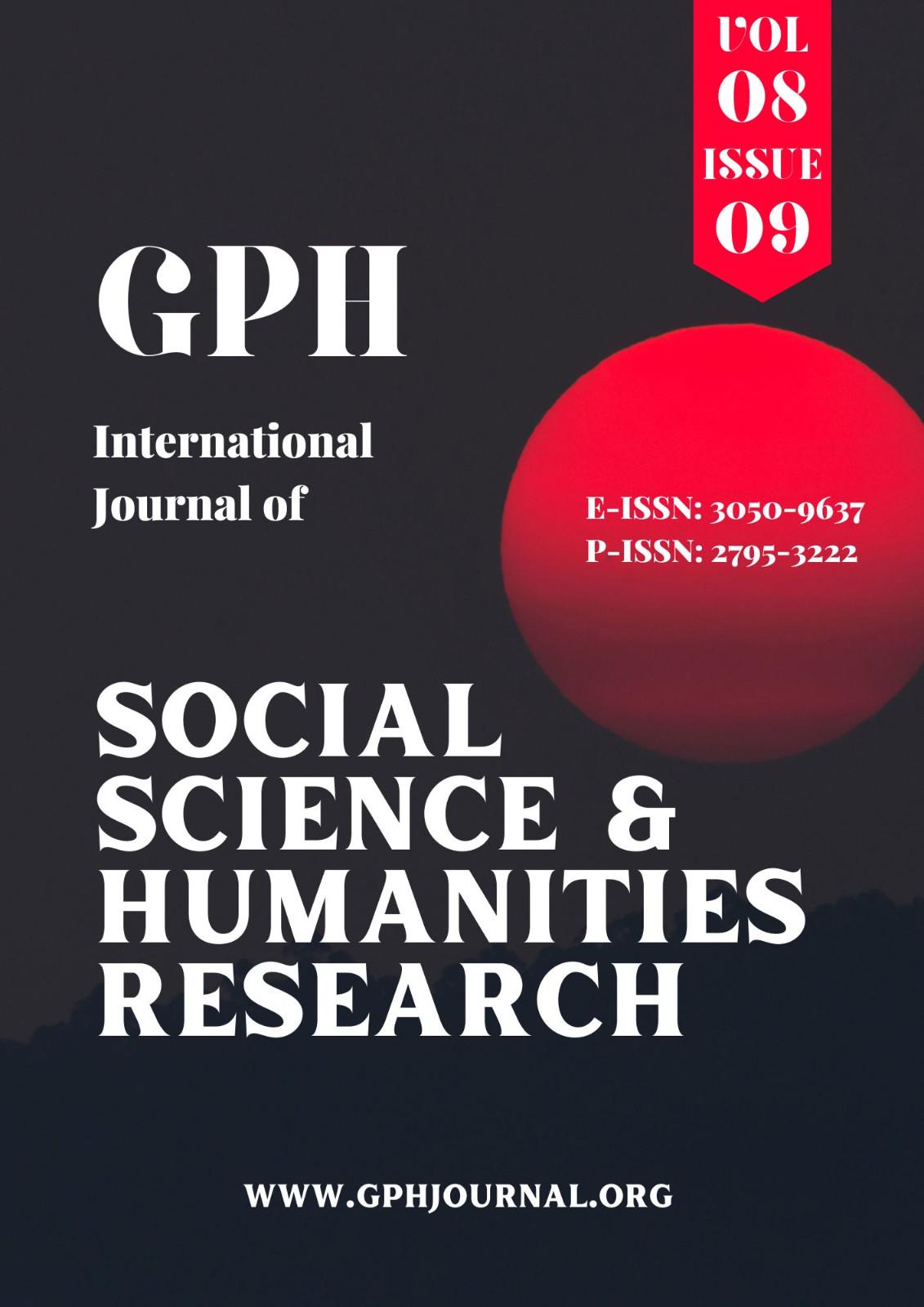MANAGEMENT DES INSTITUTIONS PUBLIQUES ET PRIVÉES A L’ÉPREUVE DES CULTURES LOCALES EN AFRIQUE : Cas de la Radio-Télévision Ivoirienne (RTI-Côte d’Ivoire)
Abstract
This article reflects on the content of the program schedules broadcast on the channels of the Ivorian public television, namely RTI1 and RTI2 of the RTI Group. Using a historical-analytical approach, it highlights the social issues of the television dramas that these media offer to the public.
Through this critical review, it appears that the policy of taking local content into account is not effective. Indeed, three key elements highlight the deficit of local fiction. They are: First, the perception of local fiction as a colonial legacy.
Secondly, a lack of specialization among the actors involved in positioning the local sector, and finally, thirdly, the development of a system seen as an obstruction to the dissemination of local content.
Downloads
References
CAZENAVE Michel et al, (1995), La synchronicité, l’âme et la science, Albin Michel, Paris 180 pages
CHALVON – DEMERSAY Sabine, (1999), « la confusion des sentiments, une enquête sur la série télévisée urgences In » Réseaux, 95. Pp 235 – 283
COLLEYN Jean Paul (2011), « corps, décor et envers du décor dans les vidéos populaires africaines » In l’Homme-revue française d’Anthropologie, (de l’Anthropologie visuelle) N° 198/199 pp35-50
COLLIN Dupré (2012), le Fespaco, une affaire d’Etat(s) 1969 – 2009, Editions l’Harmattan, 406 pages.
CORBIN Alain (2011), les historiens et la fiction : usages, tentation et la nécessité in « le débat » N° 165, éditions Gallimard pp 57 – 61
DAGNAUD Monique et al, (1990), « Histoire d’enfance, les réseaux câblés audiovisuels en France » In réseau, communication, technologie, société N°43 pp 139 – 140
ETHIS Emmanuel, (2006), « Les spectateurs du temps- pour une sociologie de la réception du cinéma », Edition l’Harmattan, collection « Logiques sociales » 305pages
SCHAEFFER Jean Marie, (1999), Pourquoi la fiction ? Seuil, Paris 350 pages.
ODIN Roger (2000), de la fiction, De Boeck université, Bruxelles, 189 pages.
FILLIAU Isabelle Lellouche et KONATE Karim (2020), « Côte d’Ivoire : l’audience de TV et les usages Internet à Abidjan Septembre 2020 » In Médiamétrie, la référence de l’audience, 3 pages.
MOYAN Véronique (2019) : D.O.E.S, Alter Réal Editions, Paris, 351 pages.
TAPSOBA Clément et al, (2005) sous la direction RUELLE Catherine : Afrique 50 : singularité d’un cinéma pluriel, Edition L’Harmattan , 334 Pages.
The authors and co-authors warrant that the article is their original work, does not infringe any copyright, and has not been published elsewhere. By submitting the article to GPH-International Journal of Social Science and Humanities Research, the authors agree that the journal has the right to retract or remove the article in case of proven ethical misconduct.














 Firozpur Jhirka, Haryana, India
Firozpur Jhirka, Haryana, India

